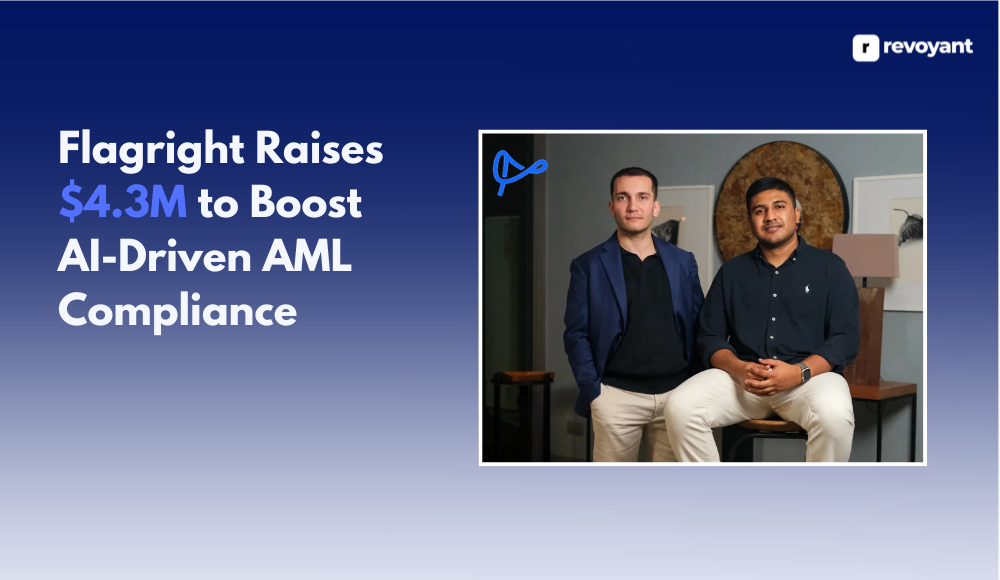Fake photos are everywhere, and they look real. A website called “This Person Does Not Exist” creates faces of people who do not exist. In this blog, you will learn how it works and why it matters.
Get ready to uncover the tech behind these faces!
What Is “This Person Does Not Exist”?
This Person Does Not Exist” is an AI-powered website. It creates hyperrealistic portraits of people who do not exist. Phillip Wang, a software engineer, launched the site. He built it to show how far artificial intelligence has advanced in generating lifelike images.
The site uses advanced technology to produce digital creations instantly. Each face appears real but belongs to nonexistent individuals. Since its launch, this platform has drawn about 4.2 million visitors, sparking discussions on virtual identities and societal implications of illusory images made by computers.
How Does “This Person Does Not Exist” Work?
A complex algorithm called a generative adversarial network (GAN) powers “This Person Does Not Exist.” Nvidia first created this system. GANs work with two key parts: the generator and the discriminator.
The generator’s job is to create fake images, like convincing faces of synthetic images. The discriminator checks these against real photos and identifies anything that seems off.
This back-and-forth pushes the system to get better at making more realistic computerized faces over time.
StyleGAN, introduced in December 2018 by Nvidia, takes GAN technology further. It creates highly detailed faux portraits with resolutions up to 1024 x 1024 pixels or more. Each time you refresh the website, it generates virtual humans who look entirely lifelike but do not actually exist—simulated persons crafted solely using artificial intelligence tools.
These advanced methods allow for near-perfect algorithmic creativity without human intervention—leading smoothly into how these AI-generated fake people are used in real-world applications….
Applications of AI-Generated Faces
AI-generated faces are changing how we use technology. They have many uses across different industries.
- Facial Recognition
AI-generated faces can train facial recognition systems. Synthetic data helps improve accuracy without using real people’s images. - Image Generation
AI tools create realistic faces for marketing ads, video games, or movies. These reduce costs and speed up production. - Makeup Simulation
Apps like AlgoFace’s VirtualBeauty let users test makeup styles digitally. It analyzes features to place makeup correctly on virtual faces. - Aging Simulation
Deep learning predicts aging effects in photos. Photographers and law agencies use this to see what someone might look like years later. - Video Prediction
GANs predict video frames based on patterns in footage. This improves animations and creates smoother visual transitions. - Synthetic Data Creation
By 2024, 60% of analytic data will be synthetic. AI tools generate large datasets quickly for research or development testing. - Spreading Misinformation
Malicious actors may misuse AI to spread fake news or events online. These actions can cause confusion or incite unrest in communities.
Conclusion
This Person Does Not Exist” shows the power of artificial intelligence. It creates people who don’t exist but appear real. This tool demonstrates how GANs can shape technology and society’s future.
While exciting, it raises ethical concerns we shouldn’t ignore. The possibilities are vast, but they require careful thought and use.
FAQs
1. What is “This Person Does Not Exist”?
“This Person Does Not Exist” is a website that creates realistic images of people who don’t exist. It uses artificial intelligence to generate these faces.
2. How does it work?
The site works with a type of AI called Generative Adversarial Networks (GANs). GANs analyze real photos, then create new ones by combining patterns and features.
3. Why do people use this tool?
People use it for various reasons, like creating anonymous profile pictures or testing software tools without using real photos.
4. Are the images completely fake?
Yes, every image is 100% generated by AI. These faces look real but belong to no actual person in the world.



